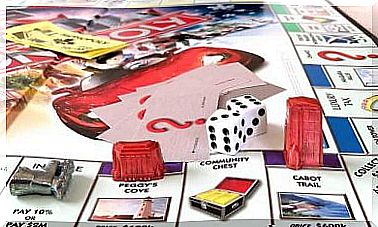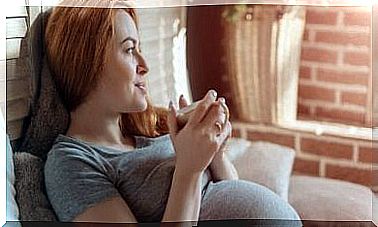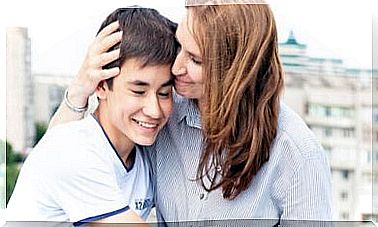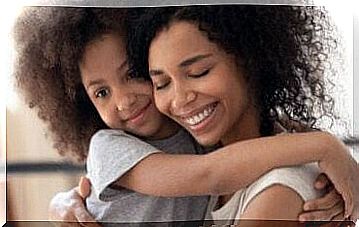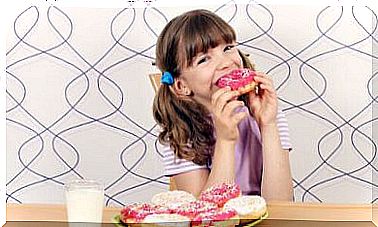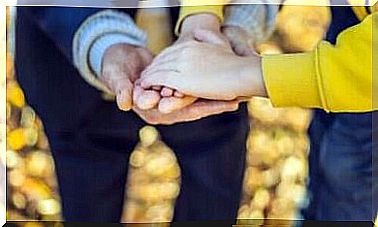Childbirth: 7 Positions That Relieve Pain – You Are Mom
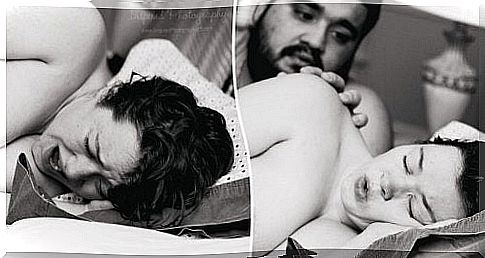
After nine months of imagining your baby’s face, the long-awaited day is finally here. You go through all the feelings, worry, fear, doubt, as your body prepares for this unique moment.
The contractions start to be felt and the pain increases as the cervix dilates. To better manage the pain of childbirth, there are positions that provide relief.
Childbirth consists of three phases: dilation of the cervix, birth and delivery of the placenta. The most painful and the longest of these three stages is that of dilation. For mothers giving birth to their first child, it can last up to 20 hours. For those who have given birth before, it lasts around 12 hours.
At the onset of dilation, the time between each contraction is quite long and the pain is therefore easier to bear. As the cervix dilates, this period shortens until the expulsion phase.
In order to better manage the dilation phase which requires a lot of effort and energy, we offer a series of positions to relieve the pain. These positions will also allow you to speed up dilation.
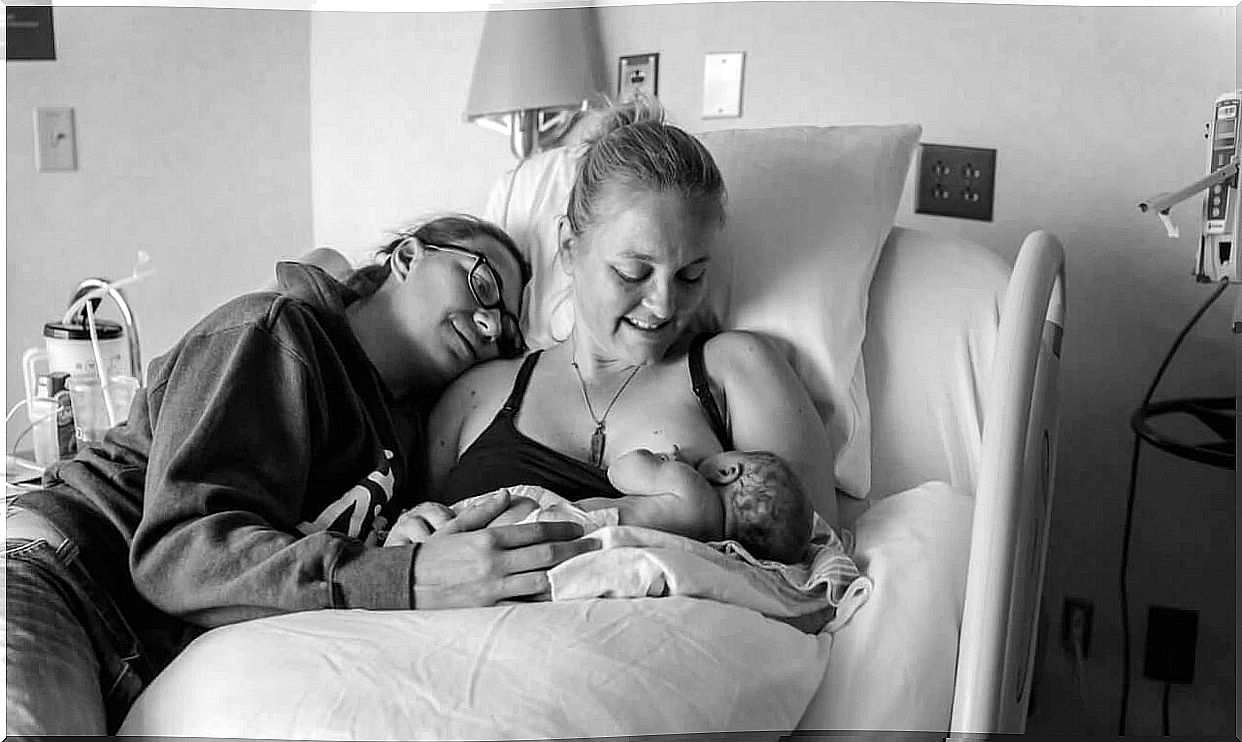
Positions to relieve the pain of childbirth and prepare for dilation
Kneeling on the bed, leaning on a pillow
To speed up dilation, spread your knees as far apart as possible, keeping your toes together.
On all fours
With your hands and knees on the floor, rock back and forth. If you can, circle your pelvis. These exercises relieve the pain of childbirth and speed up dilation.
Standing
Walking promotes the opening of the cervix and therefore facilitates dilation. Moving also changes your mind: you are less focused on the pain and it feels less intense.
Lying on her side with a pillow between her legs
This position improves blood circulation in the legs and relaxes the lumbar area. It is recommended to lie on your left side, in order to facilitate the circulation of blood to the placenta and the baby, thus allowing a better supply of oxygen.
Sit on a chair
Sit on horseback facing the backrest. If you have kidney pain, this position will take the weight off that area of your body. This posture also helps reduce the pressure exerted by the baby on the pelvis and relaxes the shoulders and neck.
Feet to the wall
Lie on the floor against the wall with your head resting on a cushion. Place the soles of your feet on the wall and back and forth as if you were walking on the wall. This technique activates circulation in the legs and helps to push with more force during childbirth.
Sitting on an inflatable pilates ball
Thanks to this position, you take your own weight off your legs and you can move around effortlessly. Sitting, legs apart, swing on the ball from one side then the other while moving the pelvis. This helps your baby to descend into the pelvis.
If you don’t have a ball, you can sit on the edge of a sofa with your legs spread the same way.
In addition to knowing the positions that provide relief, it is essential to know how to manage your breathing. If you know how to control it, you will feel in control and your body will be more relaxed. In addition, by refocusing on your breathing, you will think less about the pain and feel it less.
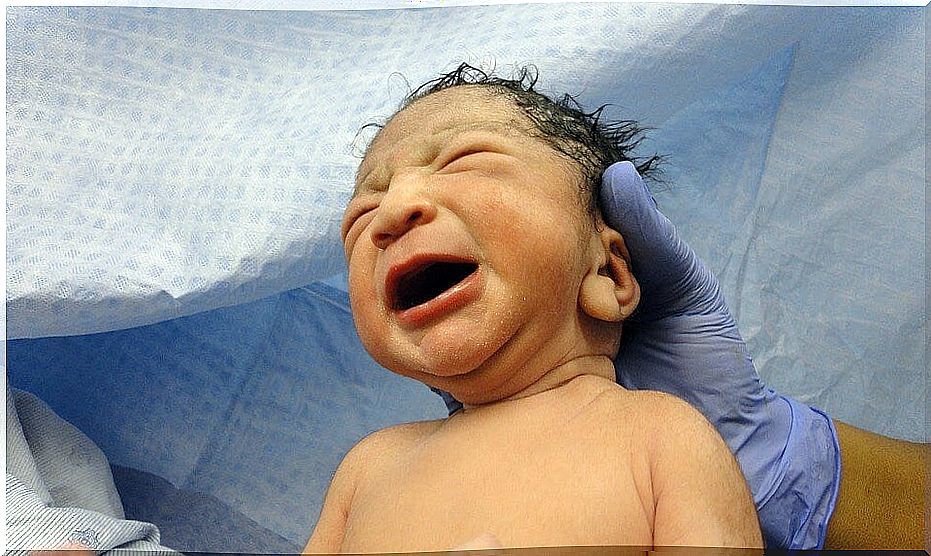
Between each contraction, breathe normally. When the pain comes on, take a deep breath while inflating the rib cage. Fill the lungs with air and breathe out slowly. At the end of a contraction, breathe in and out deeply.
These are some of the positions that can help you relieve pain during childbirth. By putting them into practice, you will considerably reduce the pain associated with this long-awaited moment: the birth of your child.
Remember to breathe well. This will allow your body to relax and suffer less. All you have to do is enjoy this magical moment where you will discover an incomparable feeling, that of holding your baby for the first time in your arms.


